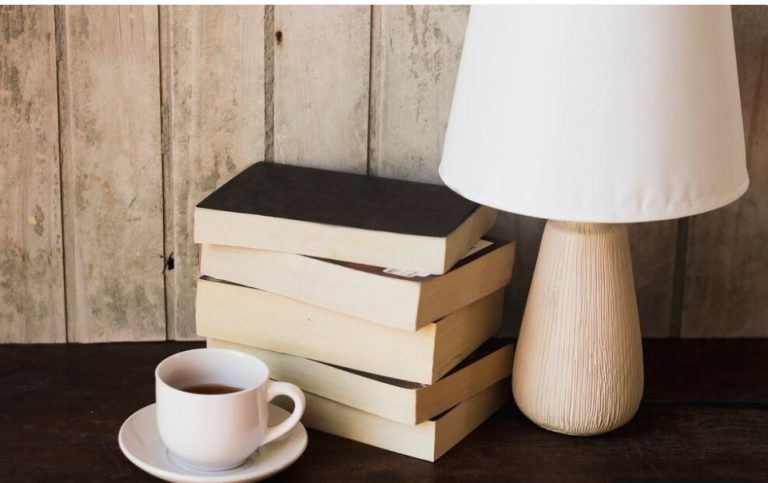Books that do more than simply tell a story—they become the story itself—have a profoundly elegant quality. Coffee table books are literally taking back their place at the forefront of culture, fashion, and discourse in an age of digital fatigue. Large, exquisitely bound, and brimming with opulent imagery, they have transcended the ornamental afterthought to become carefully chosen representations of character, intelligence, and ambition.
Coffee table books, which were once written off as glossy diversion or visual nonsense, are now praised for their ability to transform lifestyle into literature. They are aspirational artifacts—luxuriously photographed books on philosophy, travel, architecture, and fashion—that convey sophistication, taste, and a profound regard for the craft of curation. A carefully stacked book, like a well-chosen painting, does more than just enhance a space; it defines it.
Coffee Table Book Landscape Overview
| Category | Details |
|---|---|
| Definition | Large, decorative book with high-quality images and minimal text, intended for casual reading and aesthetic display. |
| Key Purpose | To inspire conversation, decorate living spaces, and reflect personal taste or interests. |
| Popular Publishers | Assouline, Taschen, Thames & Hudson, Abrams, Rizzoli |
| Top Subjects | Fashion (e.g., Chanel, Dior), Travel (e.g., Bali Mystique), Interiors (e.g., The Kinfolk Home), Photography, Food, Pop Culture |
| Design Format | Hardcover, oversized (often folio or quarto), matte or glossy finish, premium binding |
| Audience | Design enthusiasts, art lovers, collectors, interior decorators, lifestyle influencers |
| Cultural Significance | Coffee table books often function as intellectual decor—bridging the gap between style and substance. |
| Iconic Examples | Sex by Madonna, Architectural Digest at 100, Tom Ford, Live Beautiful |
| Retail Price Range | £25 – £200+ (Assouline luxury editions can exceed £800) |
Beyond Books: The Contemporary Living Room’s Aesthetic Arms Race
Books are becoming more and more popular as signature styling tools among interior designers. “They provide layers—both intellectual and visual,” says Emily Keane, an interior stylist based in London. “A coffee table book anchors a space and tells the story of who lives there, whether it’s a monochromatic stack or a splash of color.” These days, Hudson Home, H&M, and Amara offer carefully chosen items in addition to basic home furnishings, making it harder to distinguish between literature and décor.
These books are collected rather than simply purchased. Customers are drawn to visual grandeur and thematic unity in products like Little Book of Chanel and Great Escapes Mediterranean. With names like Ibiza Bohemia and Mykonos Muse, Assouline’s renowned Travel Series has come to represent affluent minimalism and a desire to travel. In the meantime, Taschen’s Ultimate Collector’s Editions combine artistic extravagance with scholarly depth.
Hardcover Digital Detox: A Return to Mindful Reading
Paradoxically, the rise in coffee table book sales coincides with society’s desire to disconnect. The tactile weight of a hardcover provides relief in a world where scrolling is the norm. These pages are meant to be savored, not swiped. The reader is prompted to pause, take in, and be in awe by their very presence, which promotes slow living.
Being mindful is cultivated by this analog experience. Cultural anthropologist and book enthusiast Dr. Lillian Harper observes that coffee table books encourage a kind of interaction that is almost meditative. “You immerse yourself in a mood, a world, and an atmosphere in addition to information.”
What Your Collection of Coffee Table Books Says About You
These books reveal things about us, much like music selections or fragrances. A collection of trip photos suggests a wanderlust. A preference for structure and stark beauty is suggested by volumes on brutalist architecture. The Little Book of Dior and other fashion-focused titles convey sophistication with a dash of brand fluency.
Indeed, a hierarchy exists. Limited Assouline releases, signed copies, and rare editions serve as subliminal social cues that subtly convey the idea that one collects culture rather than merely reading it.
The Future: AI-Curated Libraries and Augmented Pages?
Even though coffee table books have a long history, innovation is still possible. AI-powered tools are assisting collectors in personalizing their shelves to match themes or aesthetics, and publishers are investigating augmented reality (AR) overlays that use smartphones to bring photos to life.
By incorporating book styling into virtual room mockups, businesses such as Amara and Rowen Homes are enabling users to see how a title will appear next to a brass candleholder or marble tray. It’s personal storytelling combined with visual merchandising, but it’s been polished for the Pinterest era.
A Silent Luxuriance With a Big Impact
Coffee table books have evolved into the new luxury watch in the grand scheme of consumer culture; they are more about lifestyle fluency than practicality. They are tactile representations of aesthetic literacy, curiosity, and the silent defiance of the transient. To put it briefly, they are intended to be enjoyed rather than merely observed.
Therefore, the next time you pass your living room focal point, see more than just a book—see a doorway, a dialogue, a carefully chosen window into your soul.


